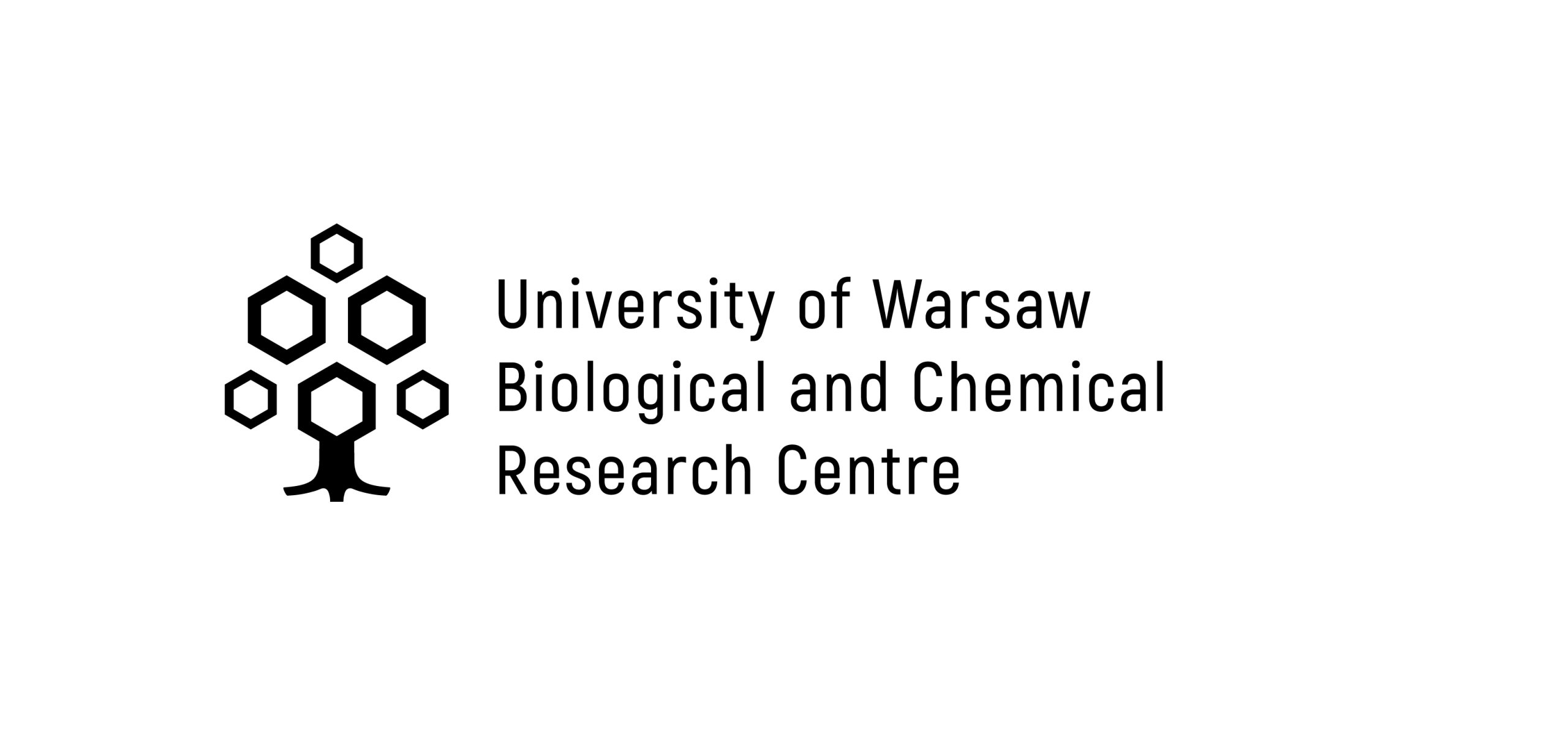Environmentally Senstive Polymer Materials and Composites
Description of the Group
The main trend of research carried out in the group is to obtain new, structurally advanced and multifunctional gel poly-meric materials. The research aims at modifying the polymer gels to give them the desired properties. We want them to undergo the phenomenon of volume phase transition under given conditions, to degrade as external conditions change appropriately and in the presence of spe-cific substances, to become sensitive to new environmental factors, to self- as-semble and be capable of self-healing. We use them also as drug carriers enabling controlled release of active substances.It is important to obtain these gels in micro- and nano-size in order to reduce phase transition times as much as possi-ble and to achieve a rapid balance with the environment, and to use them in biology and medicine. Thin gel membranes will also be produced on conductive surfaces (electrode surfaces) as the starting sub-strates for the construction of advanced bioanalytical sensors
Research Activities
Degradable micro and nano-gels cross-linked with cystin-derivative as systems for delivery and controlled release of active substances in cancer cells.We obtained a series of micro and nano-gels stable in physiological conditions, which accumulated doxorubicin (DOX, an anti-neoplastic drug) with high efficiency. Only in cancer cells did a significant amount of doxorubicin escape from the gels. The carriers were then degraded. Cytotoxicity studies have shown that DOX transported in gel carrier had a significantly stronger effect on cancer cells
Offer:
- Measurement of the size of micro- and nanoparticles using a dynamic light diffusion technique (DLS).
- Electrochemical measurements using potentiometers, classic electrodes, microelectrodes and nanoelectrodes (allowing measurements e.g. inside cells).
- Measurements using a quartz microbalance with measurement capability of energy dissipation.Testing/controlling the coating of surfaces with nanometer thick layers and determining the structure of these layers.
- Process heat measurement using differential scanning calorimetry (DSC).
- Precise UV-Vis spectroscopic measurements.
- Synthesis of macro-gels and micro and nano-gels with specific properties
- Modification of conductive surfaces with thin polymer films.
- Synthesis of functional monomers and other compounds, e.g. molecular receptors.
